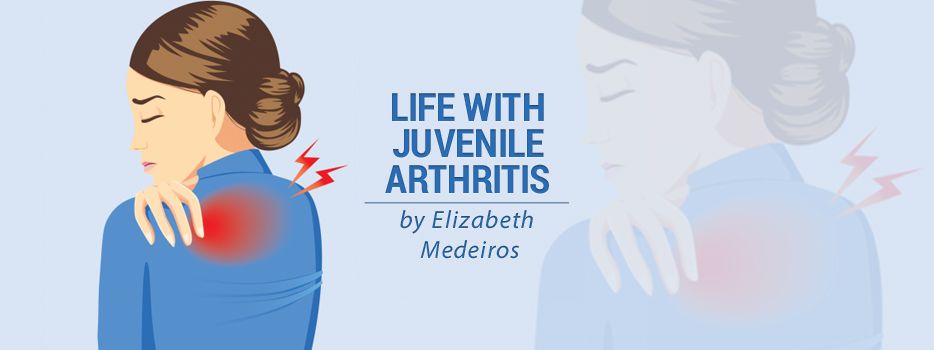“You’re not a kid anymore. You don’t have to call it juvenile arthritis.”
Sometimes, I think people get confused about why I always say my disease is juvenile-onset psoriatic arthritis instead of saying I have psoriatic arthritis. It’s not only an indicator of how long I’ve lived with inflammation, but also that I dealt with it during critical times in my development. And I’m still dealing with the effects it had on me during those crucial years of growth.
Many young people get lucky, and their JA goes into remission before adulthood. Others will deal with JA into adulthood, often being rediagnosed with an adult form of the disease that aligns with the JA type they dealt with as a child. But a few from either group may go on to deal with some long-term effects of JA.
The not-so-good news
Unfortunately, JA causes some long-term issues that can affect a developing child. Some kids may develop growth issues due to inflammation in their joints. And a few may go on to deal with vision impairment if uveitis is left untreated for too long.
Even those who are in remission may still experience pain. Joint damage caused by inflammation can be very painful, even after the arthritis is gone. And some may deal with bone thinning due to medications and long-term inflammation. This alone is not painful, but it can increase your risk of painful fractures.
And the good news
Thankfully, many of these issues can be caught early through routine exams. While there are no cures for any of them, many treatments already used for JA can help prevent these issues or allow symptoms to be minimal. The earlier a problem is caught, the better.
While it may be scary to learn about, being aware of these issues helps a lot. Knowing reinforces why it’s essential to treat this disease. That includes being diligent about taking medicines and vitamins and going to frequent eye exams and rheumatologist appointments, no matter how annoying they are. You’ll also know what issues to ask your child’s doctor about, and they may have some advice on preventive steps you can take at home.
Prevention is key
Looking back, I wish I was made more aware of just how much JA can damage the body if left unchecked. I regret not being better about taking vitamin D, which may have helped prevent some of my bone loss. And I regret a period when I went unmedicated, leaving my joints vulnerable to inflammation.
I can’t be too hard on myself, though, as I was just a teen, and there’s no guarantee those things would’ve prevented all the damage. But I am dealing with some difficult issues now.
Heed my warning: An ounce of prevention is worth more than a pound of cure.
***
Note: Juvenile Arthritis News is strictly a news and information website about the disease. It does not provide medical advice, diagnosis, or treatment. This content is not intended to be a substitute for professional medical advice, diagnosis, or treatment. Always seek the advice of your physician or other qualified health provider with any questions you may have regarding a medical condition. Never disregard professional medical advice or delay in seeking it because of something you have read on this website. The opinions expressed in this column are not those of Juvenile Arthritis News, or its parent company, BioNews, and are intended to spark discussion about issues pertaining to juvenile arthritis.

